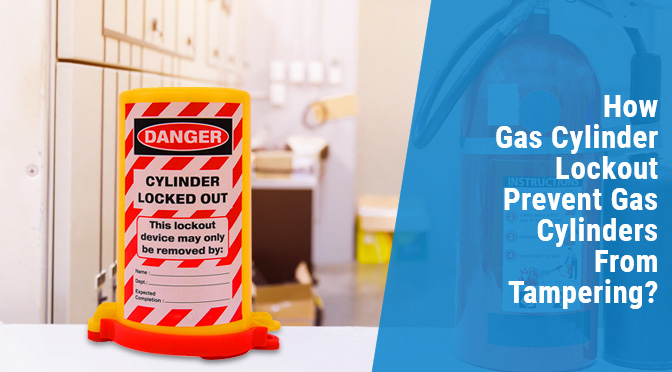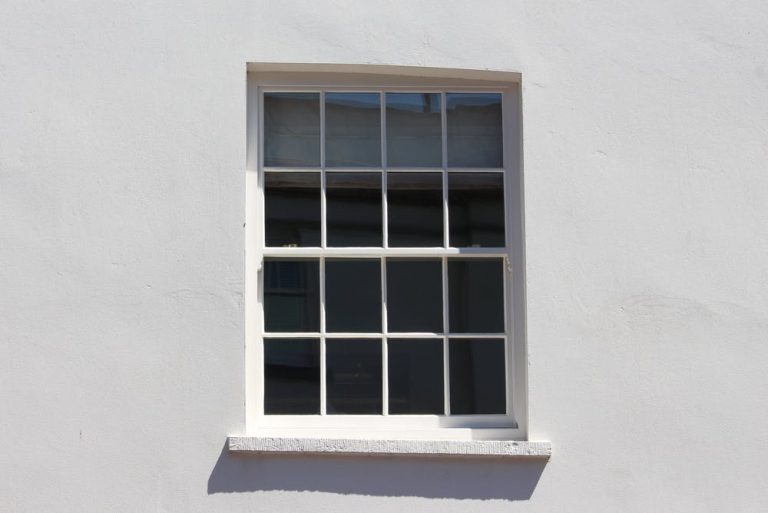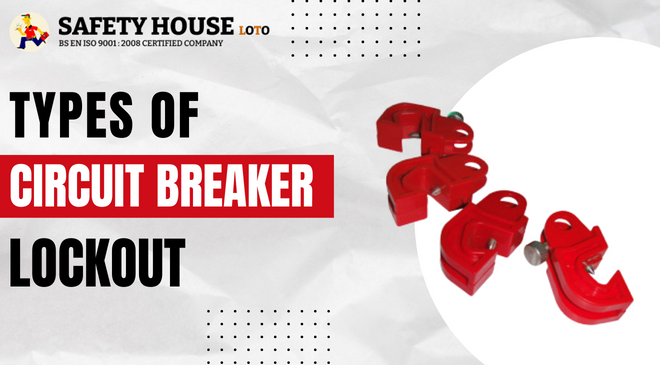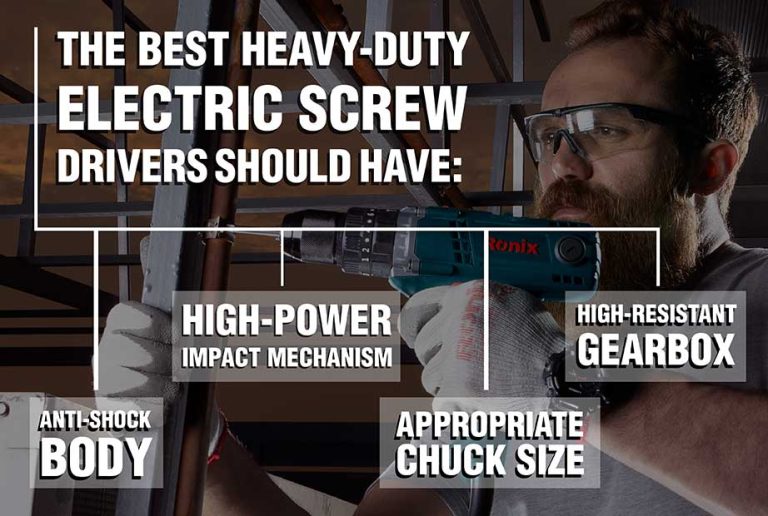Compressed Air and Dew Point
Today’s discussion is on dew point of air as it has a significant impact on a compressed air system. The dew point is the temperature at which the water vapor in the air can no longer stay in a vapor form, and condenses from a vapor into a liquid. The amount of water vapor contained in air is directly proportional to its temperature. The warmer the air the more space there is between molecules thus it is able to hold more water vapor.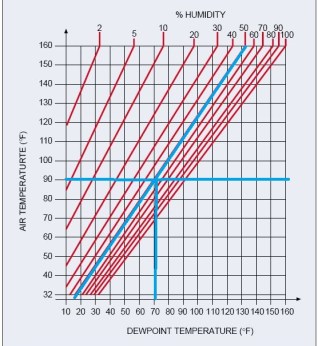
It is when air temperature drops below the dew point that issues develop in a compressed air system. Let’s take the example of a warm summer day at 90 F and 50% relative humidity. From the chart we see the dew point temperature to be 70 F. So at night, when all the equipment is shut down and the temperatures drop into the 60’s, water will condensate throughout the entire system. In the morning when the equipment is turned on, water blows through sensitive valving.
Compressing air will increase the dew point. Hot compressed air exiting the compressor and cooling while it makes its way through distribution systems is one reason for condensate in compressed air lines. Drying the compressed air is recommended to reduce or eliminate water condensate problems in a compressed air system.
There are several methods to dry out your compressed air. Each have their advantages and disadvantages. The following short review of the various options will help you decide which is best for your application.
After-coolers
The compressor’s after-cooler which looks similar to a car’s radiator or the condenser in an air conditioner, is the first step to dryer air. It is placed at the compressor’s air outlet and uses either ambient air or water to cool the compressed air and condense some of the water vapor into a liquid that can be removed with a water separator.
The simplicity of design is a positive. The negative is that it can never cool below ambient but something above ambient depending on its capacity. After-cooler performance is rated by approach temperature, which is how closely the compressed air leaving the after-cooler will approach the temperature of the cooling medium used.
For example, if an air-cooled after-cooler is rated for a 10°F approach temperature, and the temperature of the ambient air is 90°F, the temperature of the air leaving the after-cooler will be 100°F. Assuming 50% relative humidity day the dew point will be 80 F.
Mechanical Water Separators
![]()
Wet compressed air enters the separator and passes through a set of vanes that spins it in a vortex. Centrifugal force causes liquid to fly out of the compressed air stream and run down the inside of the filter bowl, where it can be drained off. These are installed at the point of use as a final defense before entering sensitive compressed air equipment. They are an inexpensive assurance of quality air. The ones EXAIR has also include a sintered bronze filter element to remove dirt and scale as well as water.
Deliquescent Dryer
A deliquescent dryer is basically a tank full of salt tablets. As the compressed air passes through the salt, the salt attracts water and dissolves into a brine that can be drained off. These are the least expensive dryers to purchase and maintain because they have no moving parts and require no power to run. The operating cost consists of the cost of more salt tablets.
Desiccant Air Dryers
These are similar to the deliquescent driers except they use a desiccant that attracts water but holds it. When they have reached their saturation limit they are either replaced or regenerated in one of three methods.
Operating cost of these dryers varies with the method used to remove water from or regenerate the desiccant.
Heatless regenerative dryers take a portion (about 15%) of the dry compressed air leaving the dryer and passes it through the desiccant to absorb the moisture out of it. Purchase cost economical but operational costs are high because if all the compressed air used to dry out the desiccant.
Heated purge regenerative dryers take advantage of the fact that hot air can hold more water than cold air. These dryers take about 5% of the dry compressed air leaving the dryer and pass it through an electric heater and then sends it through the wet desiccant bed. This dryer cost more than the heat less dryer but is offset by using half the compressed of that used by the heat less dryer.
Blower Purge Dryers
These are similar in concept to the had dryers found in restrooms but on a larger scale. Heated air is sent trough the desiccant with a blower. These are not quite as efficient because they are heating up ambient air which would not be as dry as compressed air.
Membrane Air Dryers
These dryers use pass the compressed air through a membrane with pores large enough to allow air molecules through but not large enough to allow water molecules through. The lower a dew point is needed, the more purge air is required. These
Refrigerated Air Dryers
Is an A/C system that refrigerate the compressed air as close to freezing as possible in order to condense out as much water as possible then use a mechanical water separators to remove the condensed water. They require electricity to operate along with the associated cost of operation and maintenance.
Hopefully this gives you a better understanding on how to qualify your compressed air.
Feel free to contact me at any time with questions or concerns, or if I can be of any further assistance. I genuinely appreciate the opportunity! 1-800-903-9247 or click on the live chat icon in the upper left hand corner.
Joe Panfalone
Application Engineer
Phone (513) 671-3322
Fax (513) 671-3363
Web: http://www.exair.com
Twitter: http://www.twitter.com/exair_jp
Facebook: http://www.facebook.com/exair
